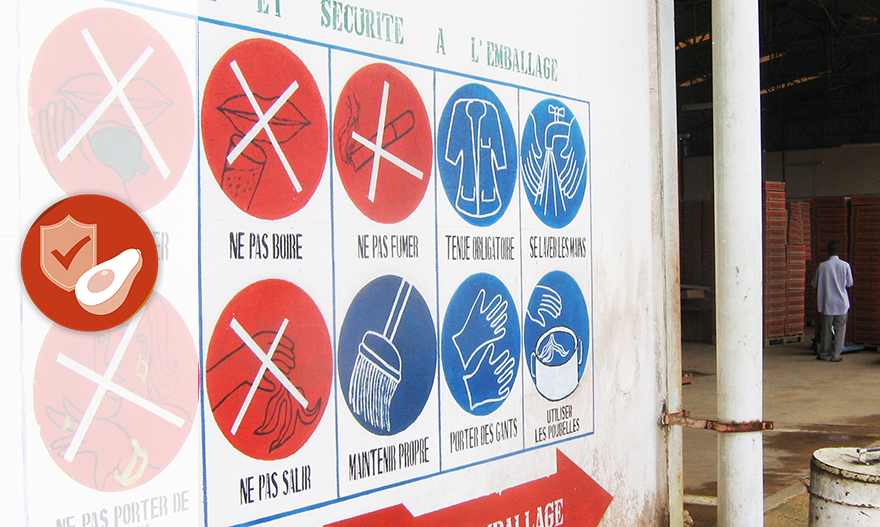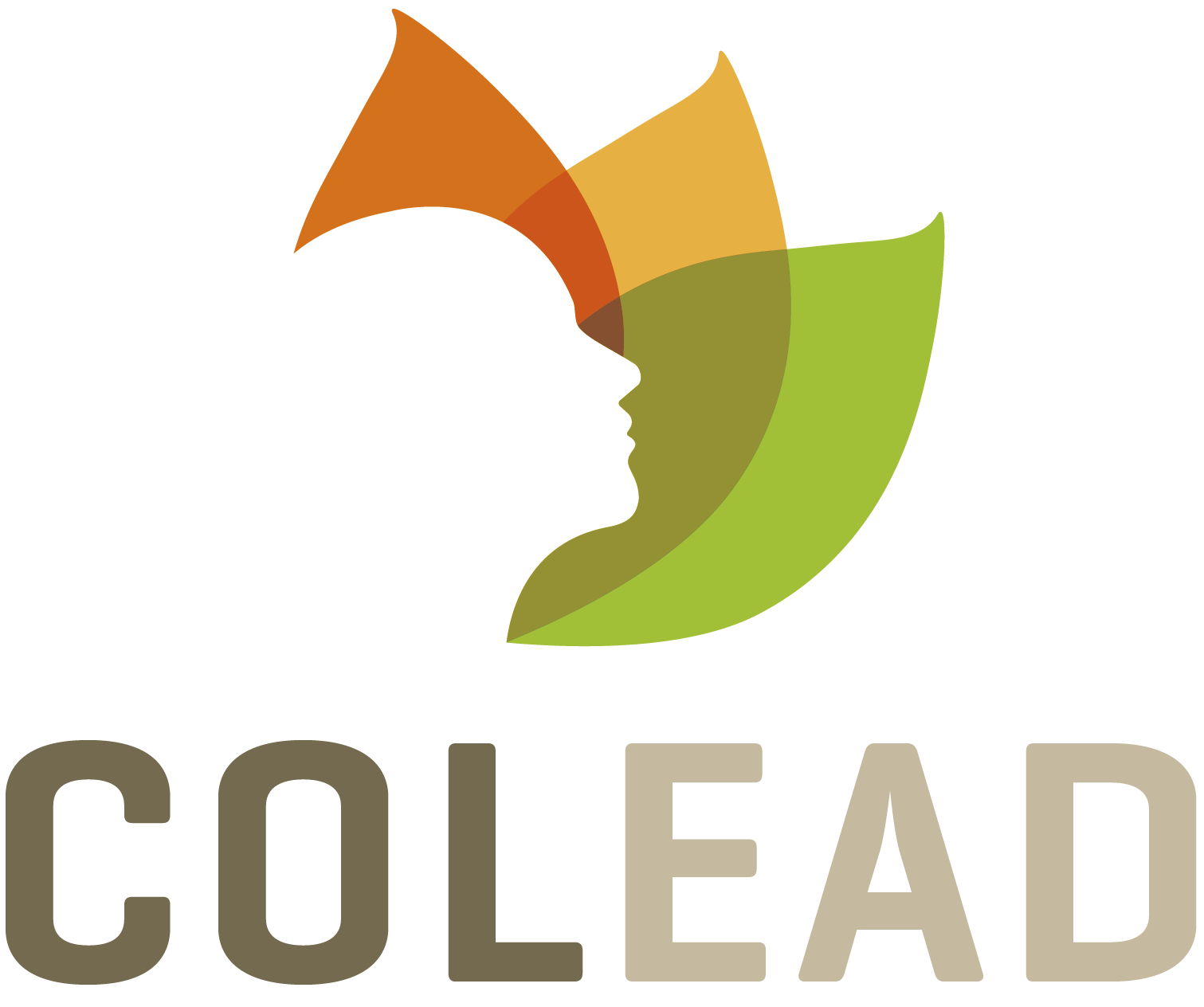
Introduction to Management of food safety risks
Estimated duration : 30 min
The course offers an introduction to the basic principles of risk management through various interactive and entertaining activities.

Management of food safety risks (Intermediate level)
Estimated duration : 7h30
The first thing that we will learn in this course is that food hygiene, the general principles of which have been described in the Codex Alimentarius, relates not only to the healthiness but also to the safety of foods. In connection with implementing the fundamental principles of hygiene, we will introduce the Ishikawa diagram method. This method allows us to identify certain management measures that should preferably be included in the 'Prerequisite Programs (PRP)'. You will learn about the usefulness of PRPs as a preliminary and crucial step for setting up a HACCP approach.
The course will then present the nature and origin of food risks and their effects on consumer health. We will also discuss the origin of biological risks. Lastly, we will cover the chemical risks posed by residues from production activity (pesticide and nitrate residues, traces of hydrocarbons) that form naturally in foods during processing or that may migrate from the packaging. For each of these risks thus presented, we will learn that the legislation specifies acceptable limits (standards).
The last part of this course will be dedicated to the fundamental principles of risk analysis, and what differentiates it from the HACCP approach in its objectives. We will discuss the three components of risk analysis (risk assessment, risk management, and risk communication), with particular emphasis on the risk assessment approach.

Management of food safety risks (Advanced level)
Estimated duration : 9h30
In the introduction to this course, we will learn that 'risk management' in a business operation starts with a safety and quality management system (SQMS), before introducing self-monitoring in production practices. We will understand the merits of having an operations flow chart as well as a documentation system.
We will learn that risk management in a business entails setting up a risk management and monitoring plan (RMMP). The international references that you will learn about (such as those of the Codex Alimentarius, European legislation, or international standards such as ISO 22000) will enable a rational decision as to which is the better management measure to implement. In the course we will then discuss and illustrate these principal measures for the various stages of production, taking into account the environment, the personnel, the method, the equipment, and the raw materials. Next we will discuss the assessment of the efficacy of the SQMS by means of internal and/or external audits, followed by the process of certifying the company’s SQMS. Lastly, we will learn that if the operator has an SQMS and a traceability system, he will then be able to perform his own principal verifications and thus reduce the burden of external controls. In conclusion, the course will explain how to prepare and use a Sector Guide for establishing an effective 'self-monitoring system' in a business in five steps.

